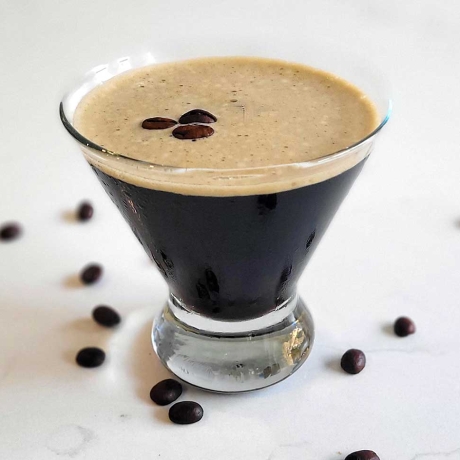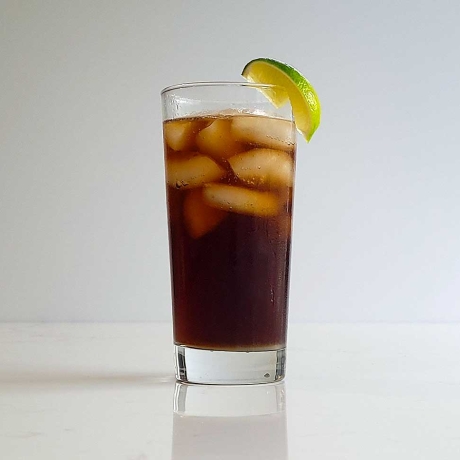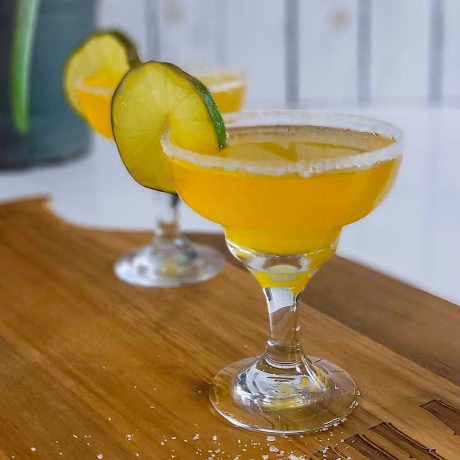
It's National Vodka Day - Let's Look at the History of Vodka
What is Vodka
Vodka is a clear, almost flavorless alcoholic beverage, originally distilled from cereal grains such as wheat, rye, rice, and barley. Potatoes were introduced to Europe in the 1700s and have since been used to produce vodka as well. Vodka can be distilled from just about anything that can be fermented since the production of vodka involves multiple distillations to remove almost all flavor and aroma from the finished spirit.
Who First Produced Vodka
Both Poland and Russia claim to be the first to produce Vodka with Poland claiming to have been producing it since the 8th century, and Russia the 9th century. Records are sparse, but many European countries were known to have been experimenting with fermenting different grains at that time.
The first recorded use of the word Vodka is in Polish court documents in 1405 with a reference to wódka, which generally referred to compounds such as medicines and cosmetics’ cleaners. But a vodka like spirit was being produced in many countries long before that, but these spirits did not have a common name to categorize them.
Vodka is traditionally drunk neat, but is also used in cocktails such as the vodka martini, cosmopolitan, screwdriver, Moscow mule, Caesar and many more.
The History of Vodka
Vodka is deeply rooted in Eastern Europe, particularly in countries such as Russia and Poland. The exact origins of vodka are somewhat disputed, as its early history is intertwined with the development of distilled spirits in the region.
Vodka's popularity grew steadily over the centuries, and by the 14th century, it had become an integral part of the social and cultural fabric of Eastern European countries, primarily Russia and Poland. Early versions of the spirit were not very refined and contained many impurities so often those impurities were masked by the addition of fruit or other flavorings.
Vodka in the 16th Century
In the 16th century the spirit was known as "gorzalka," which means "burning water" in Polish and Russian. Early vodka production was often associated with monasteries and medicinal purposes. It was believed to possess curative properties and was used as a remedy for various ailments. The spirit was typically distilled from grains such as wheat, rye, or barley, although some early versions were made from potatoes or beets.
Polish distillers began using the term "vodka" to refer to the spirit. The word "vodka" is derived from the Slavic word "voda," which means "water."
19th Century Vodka
Early distillation techniques were rudimentary, requiring distillation multiple times, but by the late 19th century, advancements in distillation technology, such as continuous stills, further refined the production of vodka, allowing for greater purity and consistency. This led to the emergence of the classic and clean-tasting vodka style that is commonly associated with the spirit today.
20th Century
During the early 20th century, political and social changes in Russia and Eastern Europe had an impact on vodka production. The Soviet government in Russia took control of the vodka industry and established state-owned distilleries, which resulted in a standardized production process.
In the modern era, vodka has gained global popularity and is produced in various countries using a range of ingredients and production methods. It is known for its versatility in cocktails and its association with neutrality in flavor, allowing other ingredients to shine.
Vodka in the United States
Vodka was introduced to the United States when the rights to the name Smirnoff were sold to Rudolph Kunett, a Russian immigrant who had been a supplier of grain to Smirnov prior to the Russian revolution. Kunett established a distillery in Bethel, Connecticut in 1933, but sales were slow and he was forced to sell to G.F. Heublein Brothers Inc. in 1938.
There was little interest in vodka, due to the rise in popularity of whiskey following the end of prohibition on December 5th, 1933. In order to promote their new vodka brand, John G. Martin, president of Hublein, marketed their vodka as “white whiskey” with “no taste, no smell.”
The Moscow Mule
There is a story that Martin along with Kunett and John A. Morgan, owner of Cock ‘n’ Bull Products (producers of Cock ‘n’ Bull ginger beer) came up with the idea in the bar at the Chatham hotel in Manhattan.
Another version of the story attributes the invention to Wes Price, who got the idea from Hughes Potache (Morgan’s head bartender). The bar was overstocked with ginger beer and slow selling vodka so there was a desire to clear out the old stock. Put the two together with a slice of lime and boom – the Moscow Mule was born.
To promote their vodka, John Martin went around the country taking pictures of bartenders with a bottle of Smirnoff vodka and a Moscow mule in a copper cup, thus cementing the use of the copper cup as the vessel to be used when serving a Moscow Mule.
While vodka's (and the Moscow Mule's) true origins may be debated, vodka’s history is deeply intertwined with the traditions, cultures, and distillation practices of Eastern Europe. Today, vodka remains one of the most widely consumed and recognized spirits worldwide.









Comments
Be the first to leave a comment.